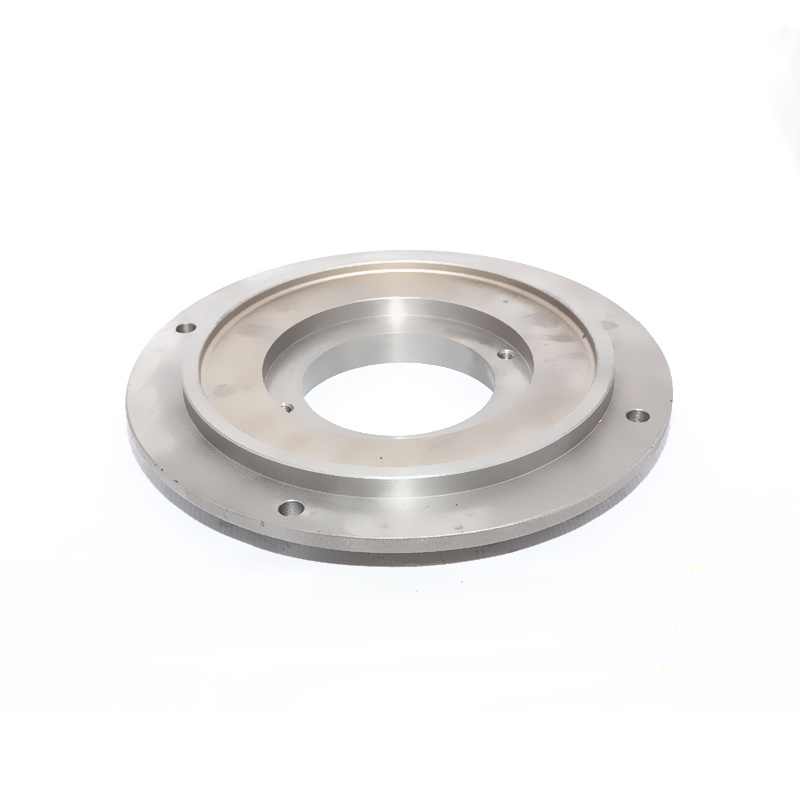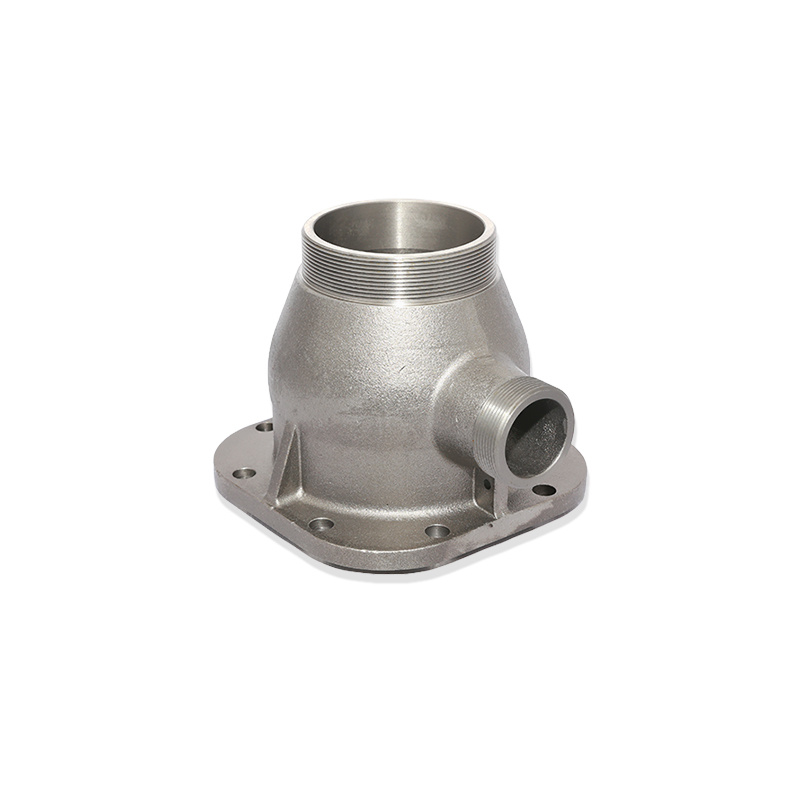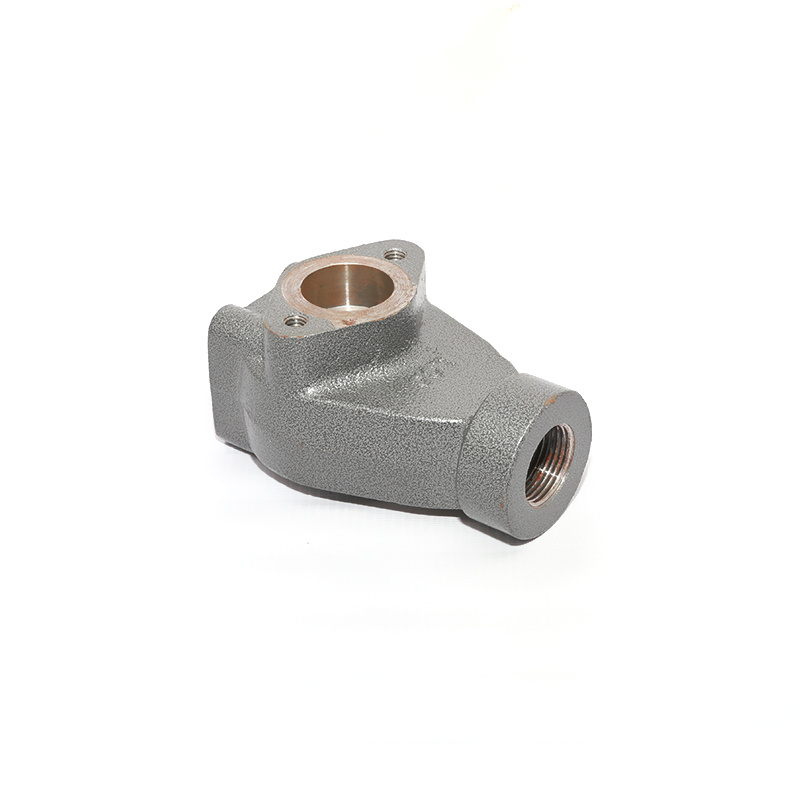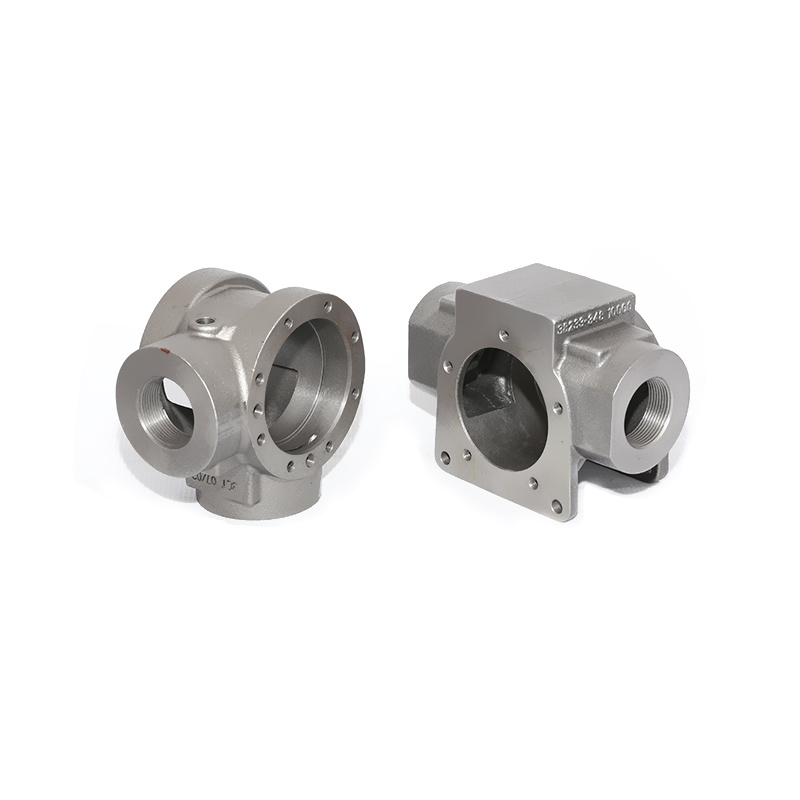Applications and Maintenance of Hydraulic Valves
May 10,2024
1. Design Principles of Hydraulic Valves
The design of hydraulic valves mainly focuses on the design of hydraulic valve groups. Before designing the oil circuit, it is essential to consider which parts can be integrated. When designing the oil circuit, simplicity should be pursued, eliminating unnecessary steps. After determining the oil circuit, the main focus is on the inclined holes and process holes. These elements in the oil circuit should be minimized; just enough is sufficient, and not too many. When designing inclined holes and process holes, attention should be paid to the matching of hole diameter and flow rate, and the direction and position must be appropriate, considering the overall situation to ensure requirements are met. If there are any unsuitable directions or positions, the components that need adjustment must ensure simple and convenient operation and maintenance.
The design of hydraulic valves begins with discussing the design dimensions of the hydraulic valve. The length, width, and height dimensions of the hydraulic valve manifold are generally determined by the dimensions of the components that make up the hydraulic valve manifold. For example, the height of the hydraulic valve manifold should be kept consistent with the height of the components as much as possible without affecting actual performance. The length of the hydraulic valve manifold is determined by the size or length of the screw holes, without affecting the layout and structure. The width of the hydraulic manifold is determined by factors that are roughly the same as the length. Next, we introduce the dimension labeling, which is mainly applied when designing drawings, labeling some components' ports, hole diameters, sizes of each group, etc. Finally, the design of the channels, where the most important aspect is the layout, involves a comprehensive overall arrangement of the system, classifying the oil circuit. The main oil circuit must be prioritized, followed by smaller or other oil circuits, gradually passing through. These hydraulic valve channels must ensure appropriate lengths, small angles, and suitable hole sizes to effectively control the weight, size, and volume of the hydraulic valve manifold for reasonable use.
2. Applications of Hydraulic Valve Groups
Currently, based on the different situations and uses of hydraulic valves, they can be classified into many types. This article focuses on one type, which includes four parts: the valve core, control cover, pilot control valve, and integrated block composed of a two-way cartridge valve.
Next, we introduce the main content and functional uses of these four parts. The structure of the valve core can be seen as a sliding valve or conical valve. The role of this component is very important as it can effectively control the flow direction, flow rate, and pressure of fluids in channels or other areas. The control cover can effectively control the working state of the cartridge valve in real-time, mainly because it consists of many pilot control components that can adjust or control the working state of the cartridge valve. The control cover essentially acts as a bridge connecting the control valve and components, and the installation of the pilot control valve should be chosen. The two-way cartridge valve is relatively common in our country. Economically, due to its small necessary connections with components and some pipelines, it is convenient for integration, making it suitable for large-scale mass production, which can significantly reduce production costs. From a usage perspective, its structure determines that its volume will be small, making it convenient. Its control switch speed is very high, which determines its high efficiency and reliability. Additionally, it can be controlled by high power, which reduces pressure loss and heat loss. Finally, the bi-directional cartridge valve is not affected by the direction change. The main function of the two-way cartridge valve is to connect the fluid routes or control their disconnection.
3. Maintenance of Hydraulic Valves
As time goes by, hydraulic valves inevitably encounter some failures, which involves the maintenance of hydraulic valves. In actual production, the maintenance of hydraulic valves mainly includes timely cleaning, selection of component combinations, and size maintenance. There is oil in the hydraulic valve channels, which can easily lead to oil sedimentation. These sediments can cause unnecessary failures in the hydraulic valve, so we must clean them promptly by disassembling and cleaning the hydraulic valve to restore its functionality. Safety should be noted during cleaning, as many sediments are not easy to clean thoroughly and require some cleaning agents, which are generally corrosive or toxic, and some may even be flammable, so caution is necessary. After cleaning, the parts must be well-preserved to avoid corrosion again. After cleaning, the hydraulic valve can be reinstalled and tested for continued operation. If certain parts of the hydraulic valve are broken and severely damaged, a reassembly plan is generally chosen. If there are experienced personnel for maintenance, it will greatly extend the service life of the hydraulic valve, and its reliability and performance will remain at the original level. Even so, we must remain vigilant in daily production to prevent unforeseen accidents.
Latest News





